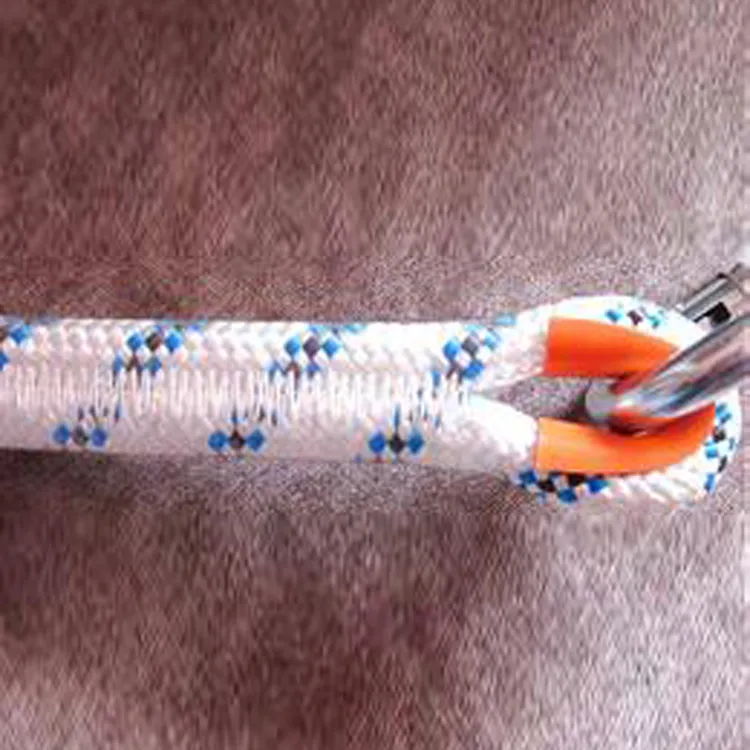what is lock stitch
Understanding Lock Stitch A Fundamental Sewing Technique
Lock stitch is one of the most commonly used sewing techniques, especially in commercial and home sewing. Its popularity stems from its strength, versatility, and the neat finish it provides. In this article, we’ll dive into the definition of lock stitch, how it works, its applications, and why it's significant in the world of textiles.
What is Lock Stitch?
Lock stitch is a type of stitch that is created by interlocking two threads a top thread and a bobbin thread. The top thread is fed from the sewing machine's needle, while the bobbin thread is stored on a spool beneath the machine needle plate. When the needle penetrates the fabric, it pulls the top thread through the material, creating a loop. As the needle continues down, the hook within the sewing machine catches this loop and wraps it around the bobbin thread, forming a secure stitch. This interlocking process is key to having a tight, durable seam.
How Does Lock Stitch Work?
The mechanism behind lock stitching can be understood through the components of a sewing machine. The needle moves up and down, carrying the top thread to create a loop. At the same time, a hook catches this loop and pulls it down to wrap it around the bobbin thread. This creates a locking effect that keeps the stitch intact. The combination of these movements allows the lock stitch to cover both the top and bottom of the fabric evenly.
Lock stitching is typically done using a sewing machine, but it can also be done by hand, although this method is less common for beginners and casual sewers. Automatic machines make the process faster and ensure consistent quality, but understanding the manual technique can enhance a sewer's skills.
Applications of Lock Stitch
what is lock stitch

Lock stitches are commonly used in a variety of textile applications. They are prevalent in garment manufacturing, quilting, and home sewing projects. The strength of the lock stitch makes it ideal for seams that need to withstand tension and movement. This technique is particularly useful in making durable clothing items like jeans, jackets, and workwear.
In addition to garment construction, lock stitches are also used in decorative sewing, where the stitch's even appearance helps create beautiful designs. Furthermore, because the lock stitch can be adjusted for length and tension, it can be customized for various fabric types and thicknesses, providing greater versatility in sewing projects.
Advantages of Lock Stitch
There are several advantages to using lock stitch in sewing. First and foremost is strength. The interlocking nature of the stitch creates a robust seam that holds up well under stress. This is why it's a go-to for heavy fabrics and garments subjected to frequent wear.
Another advantage is its neat appearance. Lock stitching lies flat on both sides of the fabric, which is visually appealing for garments and finished projects. This characteristic is especially important in professional sewing and manufacturing, where the quality of the finished product directly impacts brand perception.
Additionally, lock stitches are relatively easy to create. Whether you are a beginner or an experienced sewer, understanding how to make a lock stitch is fundamental to mastering sewing techniques. With practice, sewers can achieve consistent and high-quality results.
Conclusion
In conclusion, the lock stitch is an essential technique in the world of sewing that provides durability, versatility, and a polished finish. Understanding how it works, its applications, and its advantages will empower sewers to create a wide range of projects, from everyday clothing to intricate designs. As sewing continues to evolve, mastering the lock stitch will remain a critical skill for anyone looking to excel in this craft.
-
Leather Sewing Machine: The Industrial Standard for Tough MaterialsNewsJul.18,2025
-
Sail Making Machine: Heavy-Duty Stitching for Industrial and Marine NeedsNewsJul.18,2025
-
Sling Sewing Machine: The Backbone of Heavy-Duty FabricationNewsJul.18,2025
-
Leather Sewing Machine: Precision for Heavy-Duty StitchingNewsJul.18,2025
-
Big Bag Sewing Machine: Powering the Future of Bulk PackagingNewsJul.18,2025
-
FIBC Sewing Machine: Essential Equipment for Bulk Bag ProductionNewsJul.18,2025
-
Heavy Duty Leather Sewing Machine: A Must-Have for Professional LeatherworkNewsMay.28,2025





























